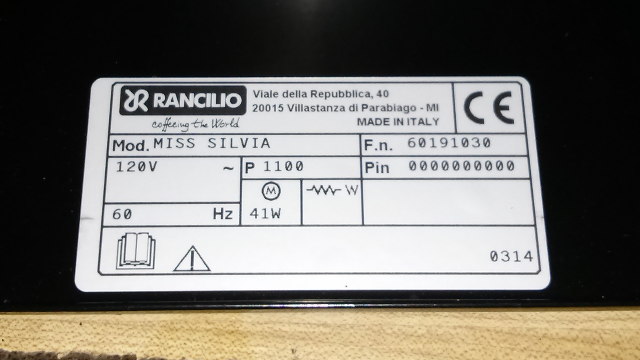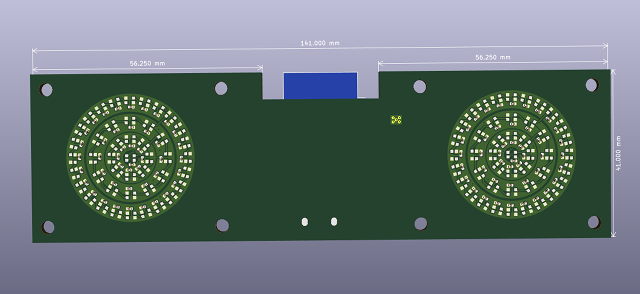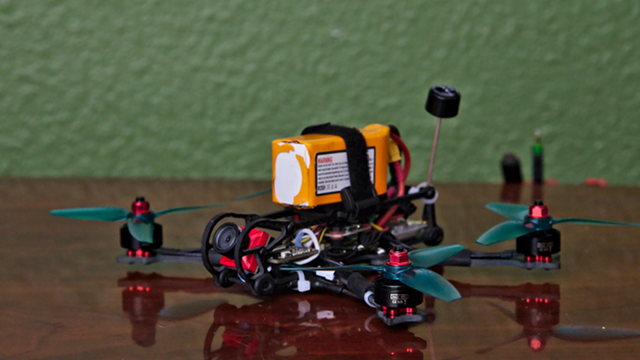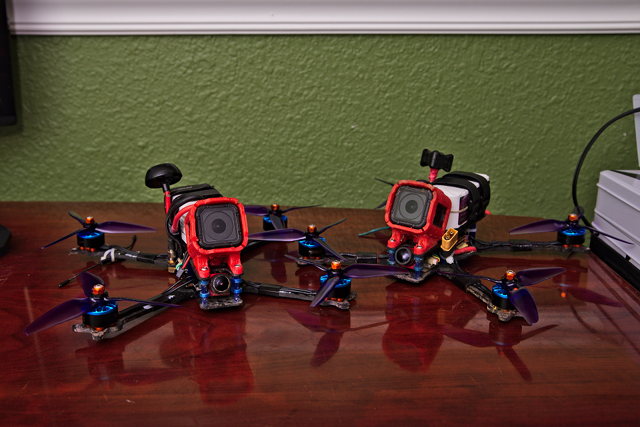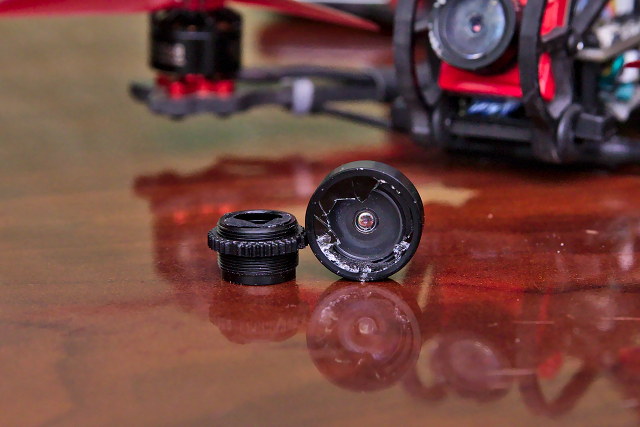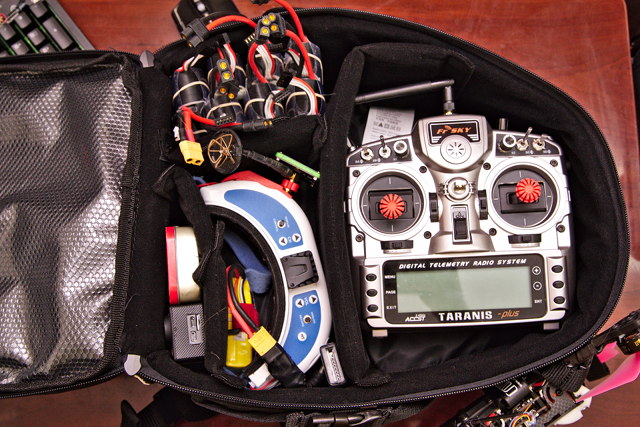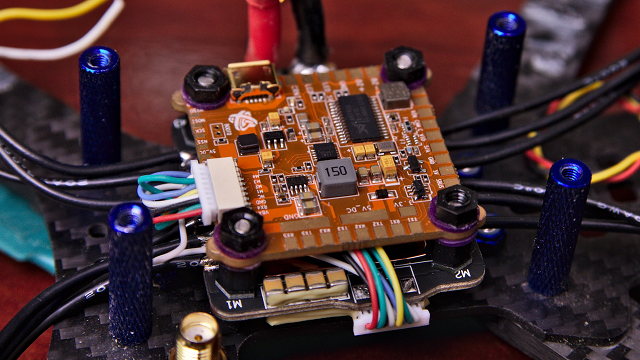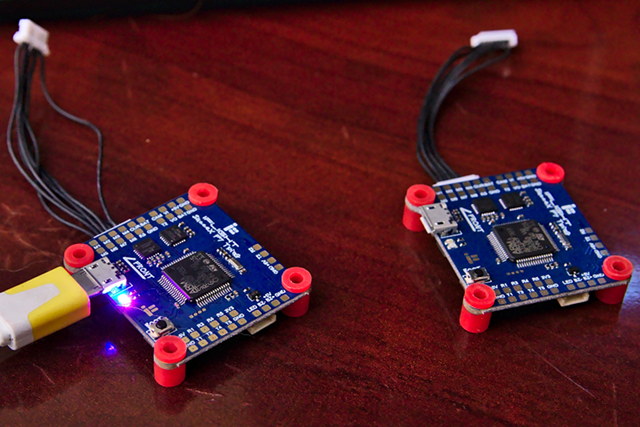This is awesome. I never thought I’d be roasting coffee beans at home. I can’t believe how quick and easy it is, and I’m surprised by just how delicious the coffee actually is!
I’ve been drinking Craft Coffee almost exclusively for the past 5 years. In fact, the anniversary of my first coffee delivery from Craft Coffee should have been about a month ago. At some point during the past five years, Craft Coffee pivoted.
In the beginning, they were delivering unique, gourmet coffee every month. At the time, their service would have been more comparable to Angels’ Cup. Today, Craft Coffee is set up to be a fresh replacement for your daily coffee.

Both Craft Coffee and Angels’ Cup are fantastic coffee delivery services, and I am somewhat relieved that they no longer offer products that compete so directly. I enjoy both, and I enjoy telling you about both of them.
Since pivoting, the light roasts from Craft Coffee have gotten darker. They’re still light, but I didn’t notice how much darker and oilier they had become until I started roasting my own beans.
I’m using a popcorn popper and beans from Sweet Maria’s. You can get a popcorn popper with a four-pound sampler of green beans from Sweet Maria’s for less than $30. It is a fantastic value. I pay $20 or more for a 12-oz bag of roasted beans of a similar quality.
There’s the equivalent of roughly five 12-oz portions of beans included in the bundle from Sweet Maria’s. That works out to around $6 for 12 ounces of coffee. That’s cheaper than the store brand stuff at the grocery store!
Sure, you have to spend some time roasting the beans. It takes me about four minutes for me to roast two days’ worth of beans. It would take about twice as long if you prefer a darker roast. I know that time is money, but you’re not just saving money. You’re also enabling yourself to drink the freshest coffee possible all the time.
- Nostalgia Electric Popcorn Popper at Sweet Maria’s
- I am Going To Roast Some Coffee Beans! at patshead.com
- You Should Be Roasting Your Own Coffee At Home! at Butter, What?!
- Craft Coffee – Three Years Later at patshead.com
How much have you roasted so far?
I’ve just finished consuming two pounds of coffee that I roasted myself. That’s a lot more than I usually drink in a month. The coffee loses weight as it roasts, but even if you account for that, I went through a lot of coffee this month!
I’ve been drinking more lattes than I should, and I’ve been sharing more often than usual.

I’m roughly eight ounces ahead in my roasting. At first, I was making sure to roast only enough for the next day or two. Then I pulled two bad shots in a row. I wanted to have a bit of a buffer built up to prevent that, and I also wanted to see if I could notice a difference in the beans as they age.
I’m not being scientific enough. I know some of the flavor develops over the first week after roasting, but I’m never sure what I’m drinking! I know which beans I’m brewing, but I’m never sure how old they are. The good news is that they definitely don’t taste worse up to a week after roasting!
Two bags down, two to go
I roasted the beans from Costa Rica first. Of the four green beans in the sampler pack, they seemed like the most pedestrian bean. The Costa Rican coffee tasted fine, but it was boring. The Ethiopian bag I roasted next was a nice upgrade. Definitely not the best Ethopian coffee I’ve ever had—it sure didn’t taste like Frankenberry cereal! Even so, I bet I would have guessed its origin if I didn’t already know.
The next bag is a honey-processed coffee from Sumatra. I’ll be tasting this for the first time tomorrow, and I can hardly wait. It smells different when roasting. Chris says it smells like honey, but I don’t believe her. Even when I pull them off just after I hear the first crack, they’re coming out darker than the other two bags of beans.
- Nostalgia Electric Popcorn Popper at Sweet Maria’s
- I am Going To Roast Some Coffee Beans! at patshead.com
- You Should Be Roasting Your Own Coffee At Home! at Butter, What?!
- Craft Coffee – Three Years Later at patshead.com
I ordered more beans!
I couldn’t wait. I enjoyed the Ethiopian coffee so much, and Sweet Maria’s was having a sale on Ethiopian beans. What do I do when there’s a sale on Ethiopian green beans?
That’s right. I ordered a bunch of coffee. I wound up buying four more pounds of coffee. I thought about ordering even more, but even at the regular prices, it isn’t much more than $6 per bag. Unlike roasted coffee, green coffee beans can survive for months or even years before roasting, but I don’t need to get too far ahead of myself!

If I slow back down to my usual pace, I should have enough coffee here to last me until Thanksgiving! I still have an unopened bag of beans from Craft Coffee sitting on top of my refrigerator!
That bag of Craft Coffee will be interesting
I’m having a good time roasting coffee. I’ve learned a lot, and I haven’t invested much. Will I continue to roast all my beans, or will I go back to letting Craft Coffee do it for me?

How good of a job am I really doing? I haven’t had any professionally roasted coffee in a month. Will I be disappointed in the beans I’m roasting when I open my next bag from Craft Coffee? There’s only one way to find out. I’ll probably go through another two or three pound of coffee before I do that, though!
Conclusion
Roasting your own coffee at home is easy, fun, and educational. Not only that, but it can be a great way to save money, and you can make sure that your beans are always freshly roasted. It only takes me four or five minutes to roast two days’ worth of beans, and if I work that into my usual six-minute latte-making process, it only adds two or three minutes to my routine.
What do you think? Are you roasting coffee at home? Are you interested in trying? What’s stopping you? Do you prefer to just use a subscription service like Craft Coffee? Let us know in the comments, or stop by the [Butter, What?! Discord server][bw] to chat with me about it!
- Nostalgia Electric Popcorn Popper at Sweet Maria’s
- I am Going To Roast Some Coffee Beans! at patshead.com
- You Should Be Roasting Your Own Coffee At Home! at Butter, What?!
- Craft Coffee – Three Years Later at patshead.com
